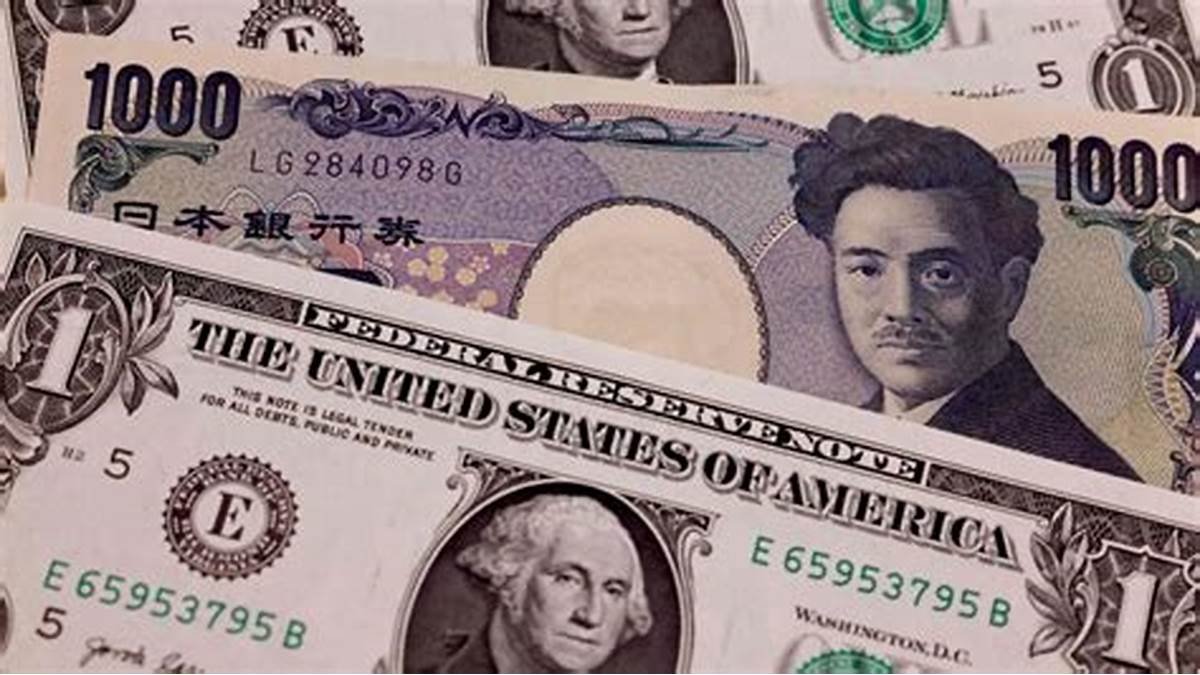Japanese Yen Remains Stable as BoJ-Fed Policy Divergence Offset Geopolitical Hopes
Japanese Yen (JPY) remains range-bound versus the US Dollar (USD) as conflicting fundamental signals remain vigilant. The hawkish policy by the Bank of Japan and prospects of a rate increase by the end of the year underpin the JPY, while the hoped-for rate cuts in September by the US Federal Reserve showcase an abrupt policy divergence. But hope for a Russia-Ukraine peace agreement undermines safe-haven demand, capping Yen’s gains. Market players now anticipate major events, such as the publication of FOMC Minutes, Fed Chairman Jerome Powell’s address at the Jackson Hole Symposium, and worldwide PMI releases, for new guidance in the USD/JPY cross. KEY LOOKOUTS • Hopes of a year-end BoJ rate increase are in contrast with the Fed’s forecasted September rate reduction, supporting JPY. • Expectations of a Russia-Ukraine peace agreement diminish safe-haven appetite, serving as a headwind for the Yen. • Global Flash PMIs on Thursday and US housing statistics may impact sentiment and USD demand. • FOMC Minutes and Powell’s Jackson Hole speech will be important to set expectations around the Fed’s rate-cut trajectory and USD/JPY direction. The Japanese Yen is still trading in a range against the US Dollar as investors balance contrasting monetary policy directions and geopolitical events. Although the hawkish tone of the Bank of Japan and expectations for a year-end rate hike support the JPY, the Federal Reserve’s planned September rate cut highlights a stark policy divergence. Nevertheless, hopes for a possible Russia-Ukraine peace agreement have eased safe-haven demand, limiting Yen appreciation. Traders then shift their attention to pivotal drivers such as FOMC Minutes, Fed Chair Powell’s address at the Jackson Hole Symposium, and international PMI announcements for better indications on the USD/JPY pair’s next direction. Japanese Yen holds in a narrow range as BoJ’s hawkish rhetoric is pitted against the Fed’s anticipated rate cuts. Geopolitical optimism regarding a Russia-Ukraine peace agreement keeps safe-haven demand muted, while soon-to-be-released Fed cues and PMI readings will dictate USD/JPY direction. • The Japanese Yen continues to be held within a three-week trading band versus the US Dollar. • The Bank of Japan will be expected to raise interest rates by year-end, underpinning JPY strength. • The Federal Reserve is widely expected to start reducing rates in September, leading to a steep policy divergence. • Hopes for a potential Russia-Ukraine peace agreement diminishes safe-haven demand for the Yen. • Japan’s better-than-expected Q2 economic growth leaves the door ajar for BoJ tightening. • Investors are following FOMC Minutes, the Jackson Hole speech by Powell, and US housing releases closely for USD signals. • Charts indicate resistance at 148.00 and support at 147.00, a break either way poised to determine the new trend. The Japanese Yen is well within a tight range against the US Dollar with investors weighing conflicting monetary policy expectations with changing global sentiment. The Bank of Japan has indicated normalization policy commitment as markets look for an eventual rate hike by the end of the year. Such a position is informed by better-than-projected domestic growth and updated inflation projections, pointing to Japan’s resilience in its economy in the face of external shocks. Meanwhile, the Federal Reserve is set to initiate its rate-cutting cycle in September, adding to a sharp policy contrast between the two central banks. USD/JPY DAILY PRICE CHART SOURCE: TradingView Simultaneously, geopolitical events are setting the tone for risk appetite and demand for safe-haven assets such as the Yen. Hopes of a potential peace agreement between Russia and Ukraine, stoked by plans for top-level talks, have relieved some investor angst and cut safe-haven flows into the JPY. Market participants are now paying close attention to significant events like FOMC Minutes releases, Fed Chair Jerome Powell’s address at Jackson Hole later this week, and international PMI numbers, which are likely to give better cues about worldwide economic momentum and dictate the next direction in the USD/JPY price. TECHNICAL ANALYSIS USD/JPY also remains to consolidate in a clearly defined band, with the 148.00 level being a significant resistance on the upside and the 147.00 area providing near-term support. A break above 148.00 could potentially pave the way for additional advances towards the 148.55–148.60 area and maybe even the psychological 149.00 level. On the other hand, a fall below 147.00 would risk exposing the pair to lower losses toward the support zone around 146.20, with a fall beneath 146.00 turning the bias in favor of bearish momentum. Overall, the range-bound nature accentuates indecision, and traders would prefer waiting for a firm breakout before positioning for the subsequent trend. FORECAST If USD/JPY is able to resist below the 148.00 resistance, it may draw new buying pressure, opening the door to a move higher towards the 148.55–148.60 area, which is a key retracement point. A clean break above this area would propel bullish energy and take the pair toward the 149.00 psychological level, where additional gains might be tested based on Fed commentary and sentiment. Conversely, if the pair is unable to maintain the uptrend and drops below the 147.10–147.00 support level, selling interest may become more significant, and the 146.20 area reached last week may come under threat. A break below this level would shift the bias to the sellers’ advantage, and the pair would become susceptible to re-testing the 146.00 level, with potential for further losses if safe-haven buying returns or Fed policy expectations move more dovishly.





